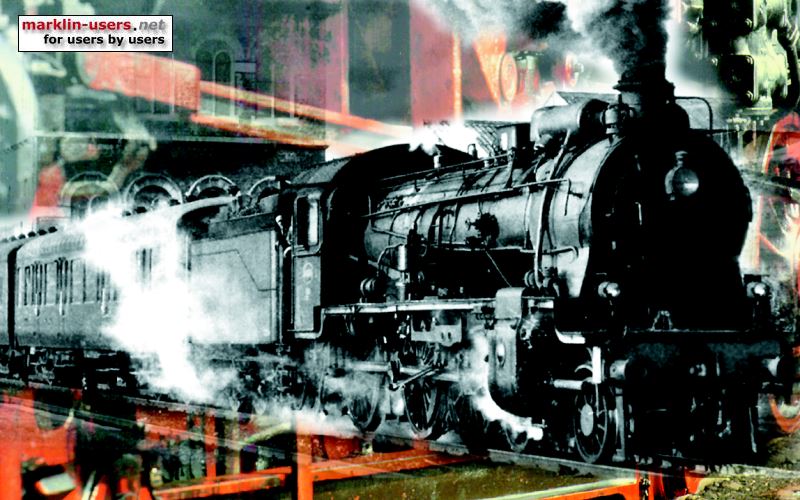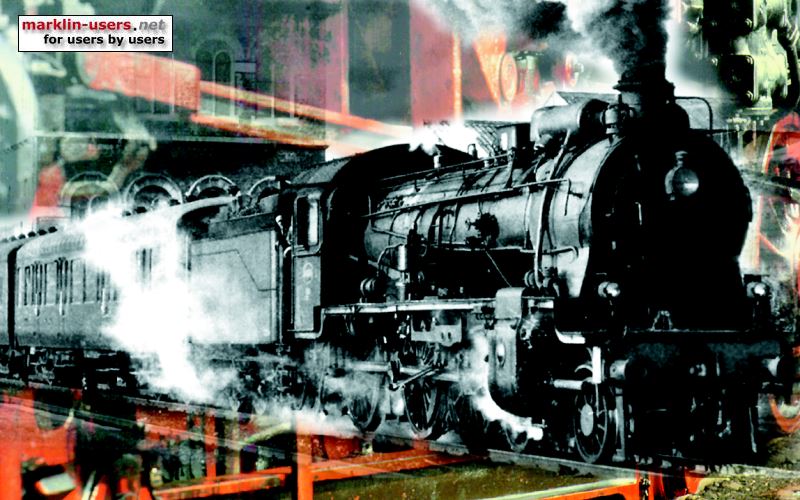
Conversion parts:
For the 3145 I used the conversion set 60760. A rather simple and straight
forward conversion. There are no needs for any modification to any
parts, except for the lamp holder to the common bulb for both front and rear
lights. I skipped this bulb and made separate front and rear light with
LEDs. I have replaced the couplers with close couplers from Märklin
7205, a set with couplers for 20 cars and for five locomotives.
Decoder:
The decoder is installed at the same place as the original reversing unit. It is installed in the holder
456200.
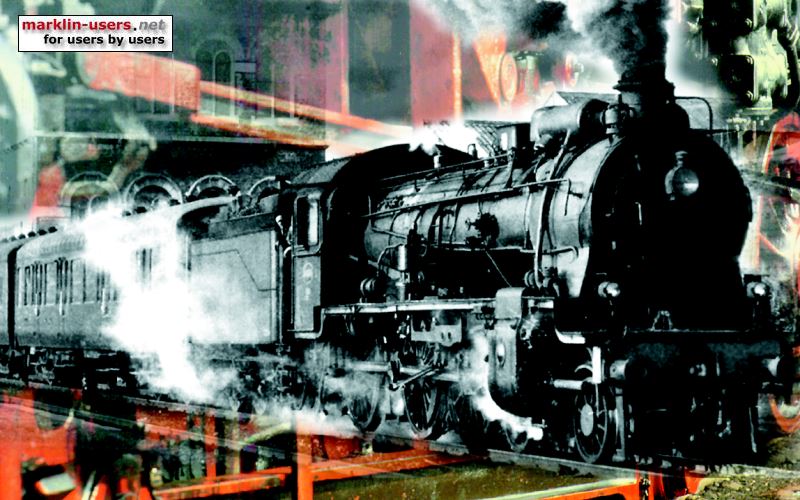
The decoder functions:
| function | Wire colour | Connecting to |
|---|---|---|
| function f0 forward | Gray | Front LEDs |
| function f0 revers | Yellow | Rear LEDs |
| function f3 | Brown/white | Driver's cabin LED |
Front and rear lights:
I decided to use LEDs instead of the original single centre light bulb.
This way it was possible to obtain front- and rear directional light change.
As I have removed the bulb, the bottom contact for the bulb is fixed to the
chassis with a green sticky stuff, and used as a distribution point for the
orange wire (+) from the decoder.
Lenses for the light:
The lenses were made of the original light guides, glued onto position.
When the glue was dry, the light guides were cut with a sharp knife, so only the
lens part remained in the locomotive body.
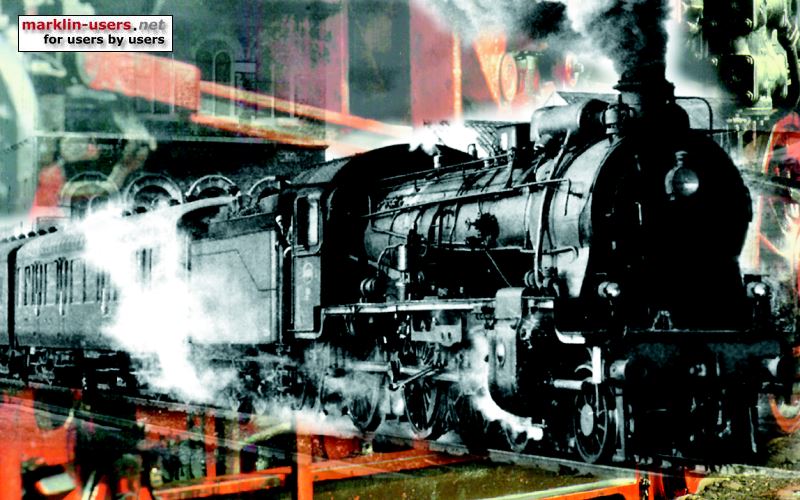
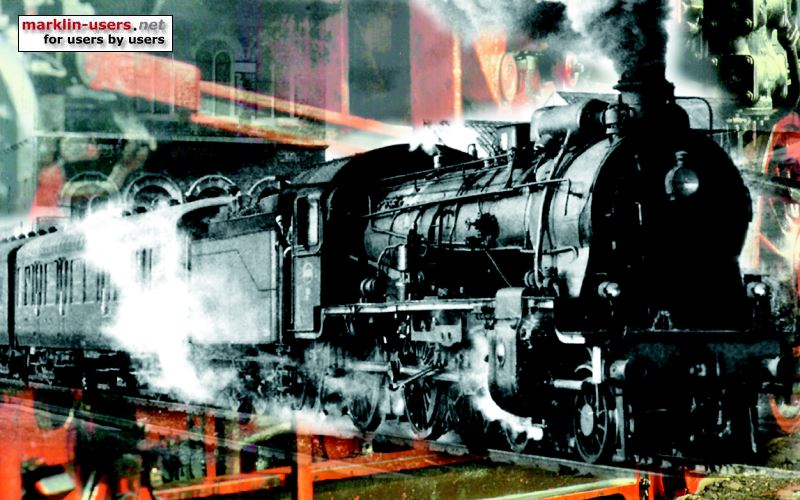
Installation of the LEDs:
Front:
In the front end of the locomotive it is plenty of space for the LEDs. I made a small pcb with the two smd LEDs and the two
1,2 KOhm dropping resistors. The pcb is glued to the locomotive chassis.
Normal LEDs may of course be used, but I wanted the same light colour both front
and rear on the locomotive, so to be sure about this, I used the same kind of
LEDs both front and rear. It is difficult to fit normal LEDs in the rear.
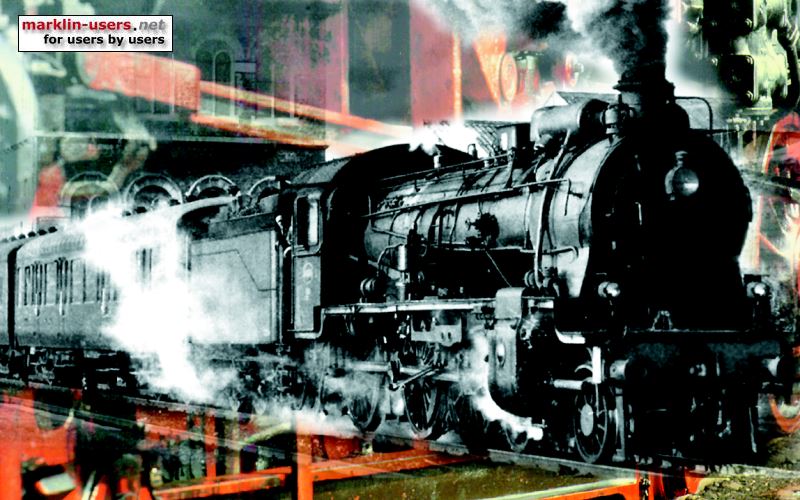
Rear:
The rear end required some thinking. It is very narrow space
between the locomotive chassis and the body. My final decision was to
connect the LEDs in series, then only one dropping resistor was required and the
wiring became simpler.
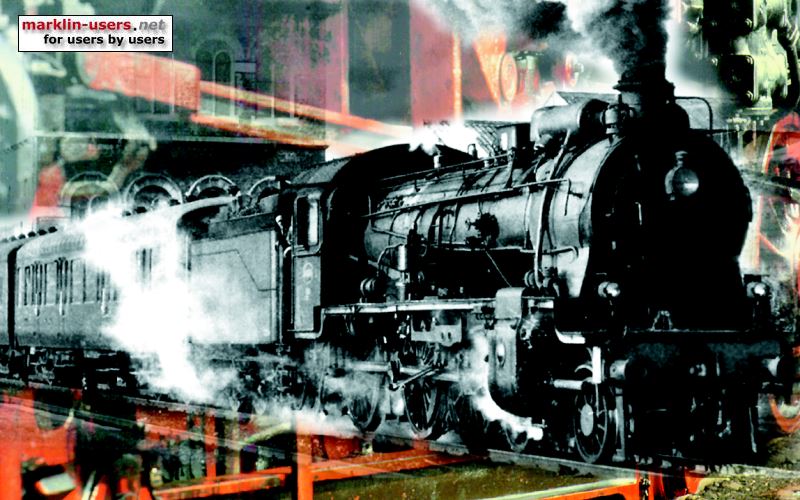
The mechanical layout:
I soldered two smd LEDs to a thin brass plate, 2,5 mm wide. On the LH side the
anode end, on the RH side the cathode end. The brass plate had to be bent
in a sharp "S"-shape in each end, so the LED lens tops are in line with the
centre part of the brass plate. The centre distance between the LEDs is
20,3mm, the height over the "bumper beam" is 4,3mm. I painted
the part of the chassis just in front of the brass plate with a thick layer of
paint, to make insulation for the brass plate. When the paint is dry, the
brass plate can be glued to the chassis. I use gel-type super glue.
In the end, everything is covered with black insulating tape. The bending
of the brass plate is visible in the photo of the decoder installation.
The electric connection:
It is connected like this: The function output f0-r (yellow wire) from the
60760 decoder is soldered to a 600 ohm dropping
resistor. The resistor is soldered to the cathode end of the LH LED.
The resistor and it's insulating tube is fixed to the chassis with super glue. The brass plate
connects the anode of the LH and the cathode of the RH LED. The anode of
the RH LED is soldered to the orange wire (+) from the decoder.
The bottom contact for the original bulb is used as a distribution pad for the
orange wire
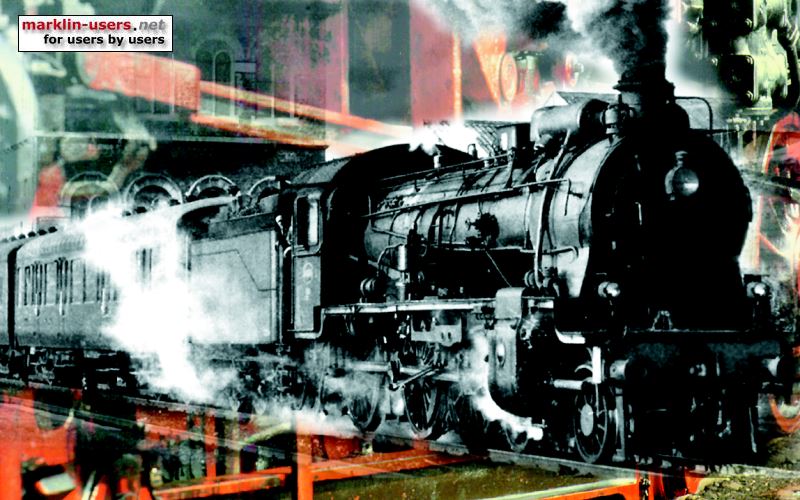
Light in the driver's cabin:
Finally, another LED was glued to a piece of a
thick paper. A 1,5 KOhm resistor was soldered to the cathode end of the
LED. The resistor was also glued to the paper. The piece of paper
was then glued to the top of the motor. An orange wire (+) was soldered to
the anode end of the LED, a brown/white wire from the f3 output from the decoder
(not official from Märklin) was soldered to the dropping resistor. The
wire for the f3 output can be soldered to a free solder pad next to the gray
wire on the decoder. The rubber cover around the decoder must be removed
to do this. I do not know the maximum load this output can handle.
To improve the light distribution in the driver's cabin, the ceiling is covered
with a white paper.
